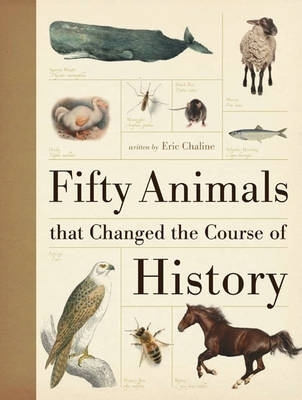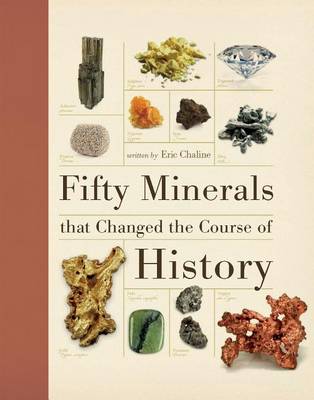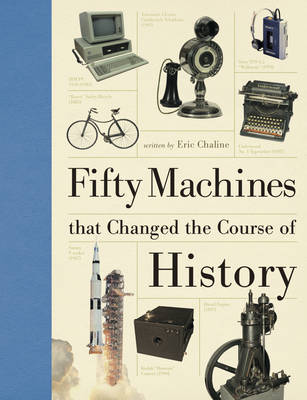Fifty Things That Changed the Course of History
3 total works
Fifty Minerals that Changed the Course of History is a beuatifully presented guide to the minerals that have shaped and defined our lives.
Weaving together strands of econimic, cultural, political and industrial history, each entry gives a fascinating perspective on the scope and pace of human development and the dangers posed by our exploitation of Earth's resources.
From flint and obsidian to bronze and iron, the book explores the history of industry from the earliest recorded history, and marvels at the extraordinary works of art produced in gold, silver, ivory and jade by the great classical civilisations of the Old and New Worlds.
Moving into modern times, the book charts the industrialisation of societites though the use of fossil fuels, the production of steel and aluminium and the harnessing of nuclear energy from uranium and plutonium.
The turn of the twentieth century, and the Second Industrial Revolution, saw the invention of many of the technologies that have created modern lifestyles: the Westinghouse AC system (1887) brought electrical power and lighting to homes and workplaces; the Berliner gramophone (1892), Lumiere cine projector (1896), and Marconi radio (1897) heralded the dawn of the media age; and the age of the mass-produced automobile began with the Model T Ford (1908). Perfect for history buffs and anyone who is fascinated by complex and beautiful mechanical devices, Fifty Machines that Changed the Course of History is a celebration of 50 iconic machines, and of mechanical technology in general.


